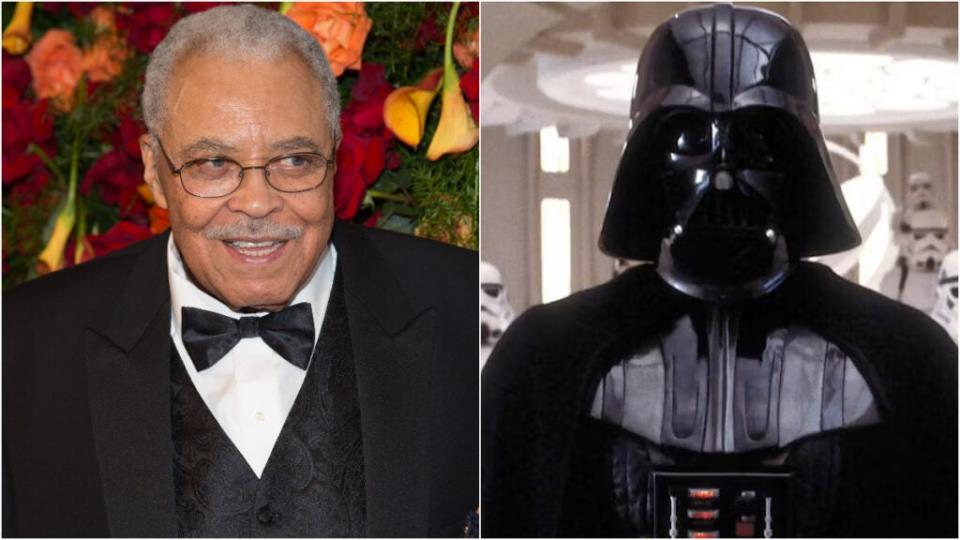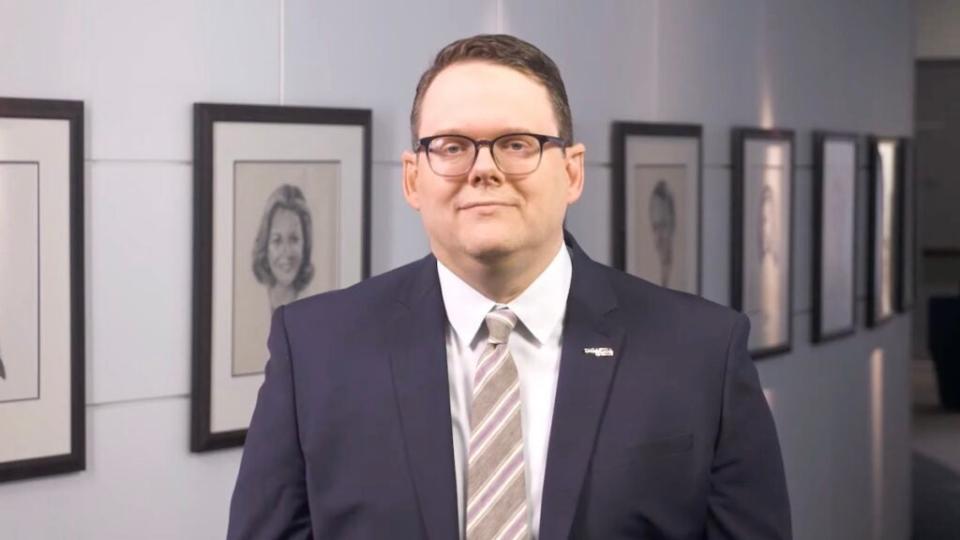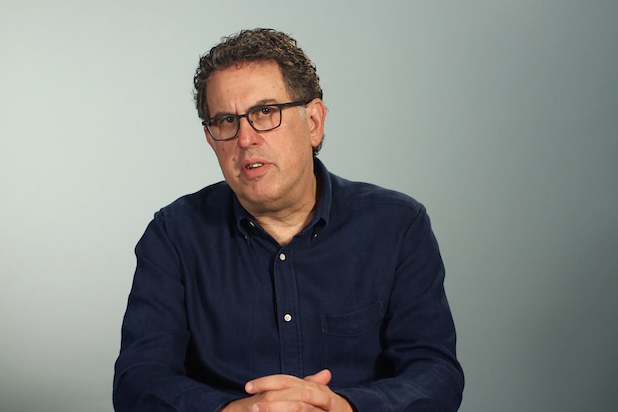How Hollywood’s Guilds Are Preparing for the Dangers – and Benefits – of AI
This is Part Two of a series about AI and its impact on Hollywood. Keep reading WrapPRO for upcoming stories on AI and screenwriting, acting, production and the news media. Level up your entertainment career and subscribe!
As artificial intelligence reshapes Hollywood’s creative processes in the coming years, the course that such nascent technology takes will be shaped by the industry’s labor guilds, some of which are already taking measures to ensure that their members don’t find themselves being exploited in a future where entire performances and possibly even scripts are crafted for billions to watch worldwide without any direct human input.
But the actors union, SAG-AFTRA, doesn’t see the future of AI and Hollywood entirely as doom and gloom. Its national executive director Duncan Crabtree-Ireland says that the guild believes that if proper guardrails are put in place, AI can be a benefit rather than a threat to its members.
“We definitely recognize that there are real risks to jobs, but past history has shown that resisting technology or pretending it doesn’t exist or hoping things don’t change doesn’t work,” he said. “We need to be ahead of the curve and have a say in how this technology will be used. And in doing so, we can help our members learn how they can benefit from AI.”
Given that so much of the potential impact of AI on entertainment is still in the realm of the hypothetical, the immediacy of the issue changes from guild to guild. Insiders at the Directors Guild of America tell TheWrap that while AI is being monitored by the guild, it is not an immediate issue as it prepares for its scheduled contract negotiations with studios this May.
The Writers Guild of America, meanwhile, has made AI part of its recently-started contract negotiations, though such talks are mostly to protect members from a point in the future when AI programs like ChatGPT become powerful enough to generate a full script, which may be closer than one may think given the rapid development of such technology.
Also Read Part One of the WrapPRO’s AI Series:
AI and the Rise of the Machines: Is Hollywood About to Be Overrun by Robots?
“AI can be a net positive for actors”
For the actors that carry a SAG-AFTRA card, the impacts of AI are already here. Last year, the 92-year-old James Earl Jones reached an agreement with Lucasfilm and Ukrainian AI company Respeecher to use recordings of his voice to create an AI-generated vocal performance of Darth Vader for the Disney+ series “Obi-Wan Kenobi.”
For a legendary actor who played arguably the most famous villain in cinematic history, negotiating fair compensation for such AI recreations both now and after death should be easy; but as AI recreations based on past performances become more common in the years to come, not everyone will have the same individual leverage as Jones, so SAG-AFTRA is aiming to ensure that its members have control over how and if their performances are used for digital recreations.

The actors guild plans to secure those protections by enforcing already existing federal and state laws as well as rules within its own contracts with studios regarding fair use of media and artists’ consent. In a statement released earlier this month, SAG-AFTRA declared that AI performances based on an actor’s voice and/or likeness fall under the guild’s jurisdiction, and per the National Labor Relations Act, studios wishing to acquire the rights to recreate an actor in AI must negotiation with the guild.
“In addition, any use or reuse of recorded performances is limited by our collectively bargained contract provisions, including those requiring consent and negotiation of compensation,” SAG-AFTRA added.
Such reuse isn’t just limited to what the public sees onscreen. Photos and videos of an actor’s performance (or even digital recreations thereof) can often be used for training datasets, which are used by AI programs to better understand images and speech and help finetune its ability to generate text, images and videos. While a company may not directly seek to recreate an actor’s performance through AI, that actor’s likeness, movements or dialogue could be used to create something completely different without that actor’s knowledge or consent.
Also Read:
Faced With the AI Revolution, the Entertainment Industry Can’t Pull a Napster | PRO Insight
“If a company decides to start licensing or using AI content based on a performer’s work as part of training datasets for AI engines, then there’s a whole broader social question going on about what that means. Even copyright owners have deep questions about that,” Crabtree-Ireland said.
“One of the reasons why I have a good deal of confidence that we will arrive at the same conclusion with the studios on this is that principle applies just as much to them as it does to us,” he continued. “They don’t want other companies scraping the internet for content created by the major studios and using that as part of training datasets for AI to create other content outside of their systems. So really, the copyright rights that are sort of a key part of this and our contractual rights are very much aligned.”
As fair use and compensation issues get ironed out, Crabtree-Ireland sees other potential benefits to AI that could arise in the coming years as technology improves. For actors, scheduling conflicts surrounding reshoots can prevent them from taking on a new project they are interested in, but Crabtree-Ireland foresees a future where, with actor consent, AI can be used on the footage taken during principal photography to allow reshoots to be done without their presence, freeing them up for other work.
“As long as our members are armed with knowledge of how they can take advantage of this new tech and how it can exploit them, AI can be a net positive for actors,” he said. “This is just the next step of what we’ve always done in this guild, and that’s keep up with the times.”

To that end, Crabtree-Ireland says it is possible that artificial intelligence is added to SAG-AFTRA’s pattern of demands for its next labor contract talk with studios this summer, though the guild is still gathering input from members.
But artificial intelligence was included on the pattern of demands for the Writers Guild of America, and plans to address it were tackled in the opening days of its talks with the Alliance of Motion Picture and Television Producers.
“An AI-generated screenplay would be an easy target for several lawsuits”
Last week, the WGA released a statement on Twitter outlining its proposed rules regarding AI-generated writing for film and TV to the AMPTP, which were designed to ensure that studios “can’t use AI to undermine writers’ working standards including compensation, residuals, separated rights and credits.”
The WGA’s proposal to regulate use of material produced using artificial intelligence or similar technologies ensures the Companies can’t use AI to undermine writers’ working standards including compensation, residuals, separated rights and credits. #WGAStrong
1/7
— Writers Guild of America West (@WGAWest) March 22, 2023
As part of the proposal, the WGA would permit studios to suggest to writers that they refer to AI-generated writing when writing or rewriting a script, but that AI writing cannot be used as the core source material for an adaptation to “create MBA-covered writing or rewrite MBA-covered work, and AI-generated text cannot be considered in determining writing credits.”
“It is important to note that AI software does not create anything. It generates a regurgitation of what it’s fed,” the guild wrote. “If it’s been fed both copyright-protected and public domain content, it cannot distinguish between the two. Its output is not eligible for copyright protection, nor can an AI software program sign a certificate of authorship. To the contrary, plagiarism is part of the AI process.”
Such a proposal is consistent with the stance that David A. Goodman, former WGA West president and current negotiating committee co-chair, promised the Writers Guild would take when it comes to AI. Like Crabtree-Ireland, Goodman told TheWrap that he believes copyright concerns surrounding AI are a major concern for studios and believes that is a major reason why there hasn’t been an attempt yet to try using AI in a screenwriting capacity.

“AI has to read human-made work to understand how to write in a specific style or like a specific author, and most of that is copyrighted. Outside of our own response as a union protecting writers, trying to greenlight a project with an AI-generated screenplay would be an easy target for several lawsuits,” Goodman said.
“But for us, our members have told us that they want this addressed immediately, and it’s already in our MBA that scripts have to be written by a WGA member. That still stands, even with artificial intelligence.”
This is Part Two of a series about AI and its impact on Hollywood. Keep reading WrapPRO for upcoming stories on AI and screenwriting, acting, production and the news media.
Read Part One: AI and the Rise of the Machines: Is Hollywood About to Be Overrun by Robots?
Also Read:
AI and the Rise of the Machines: Is Hollywood About to Be Overrun by Robots?


